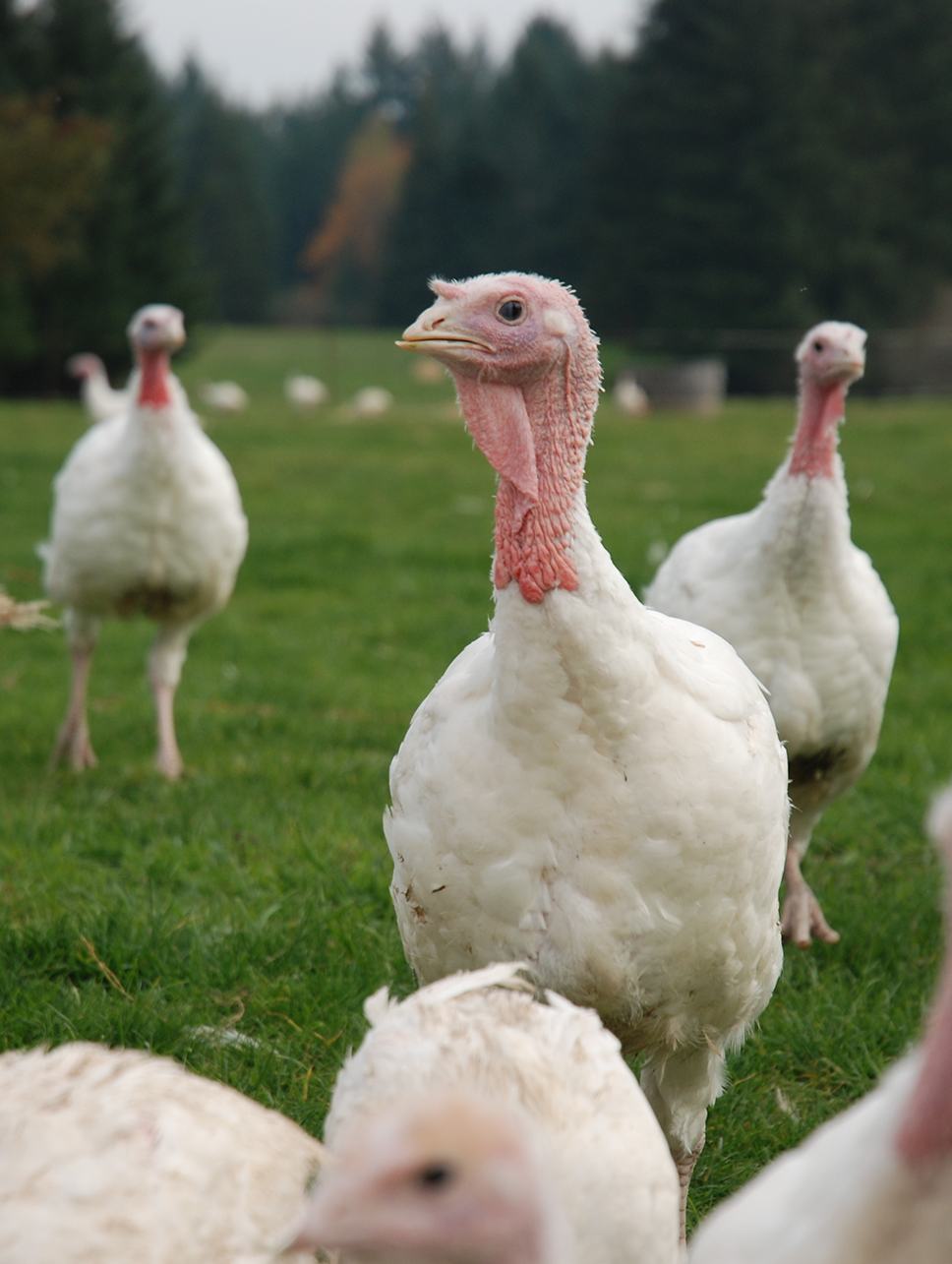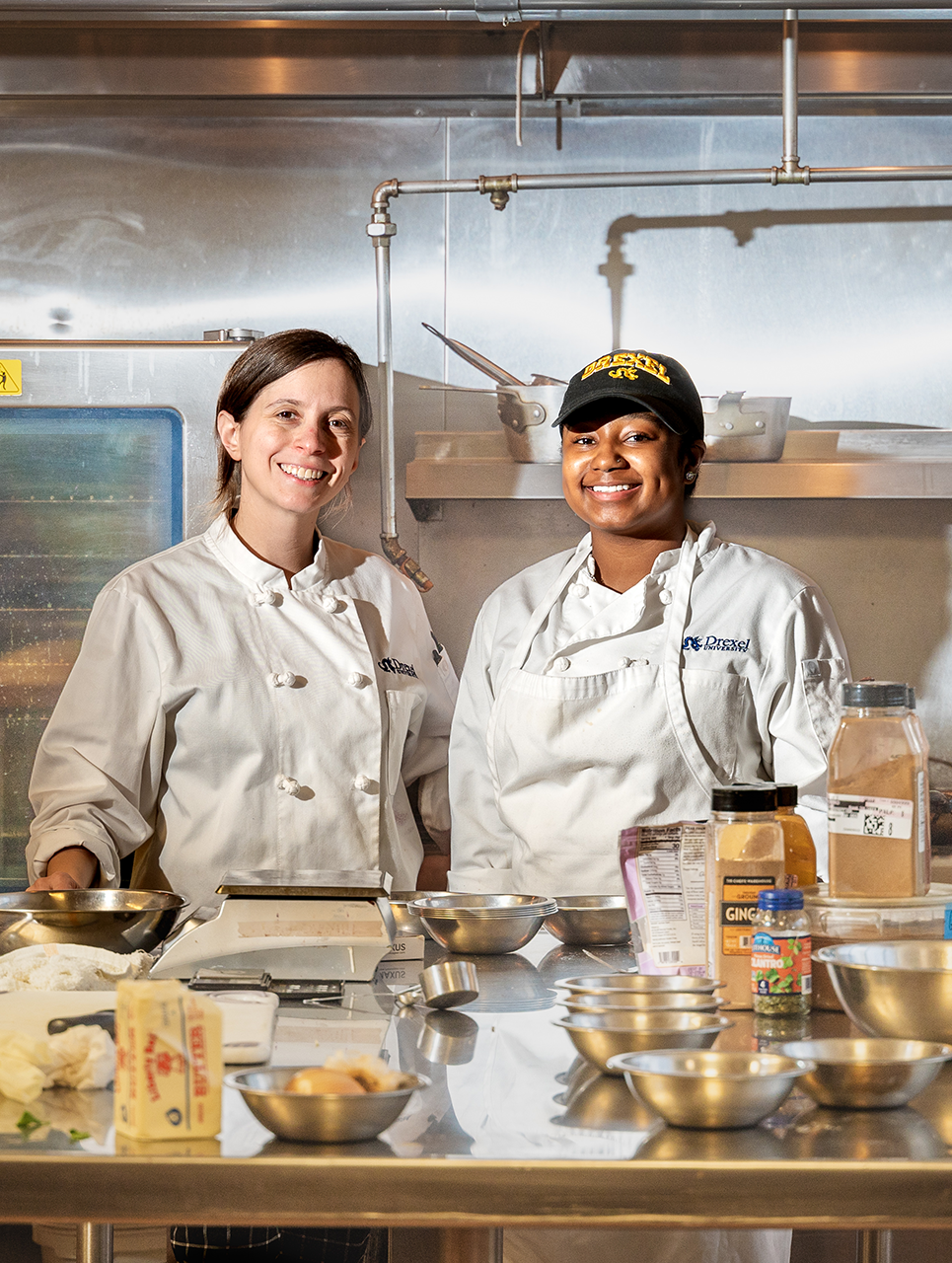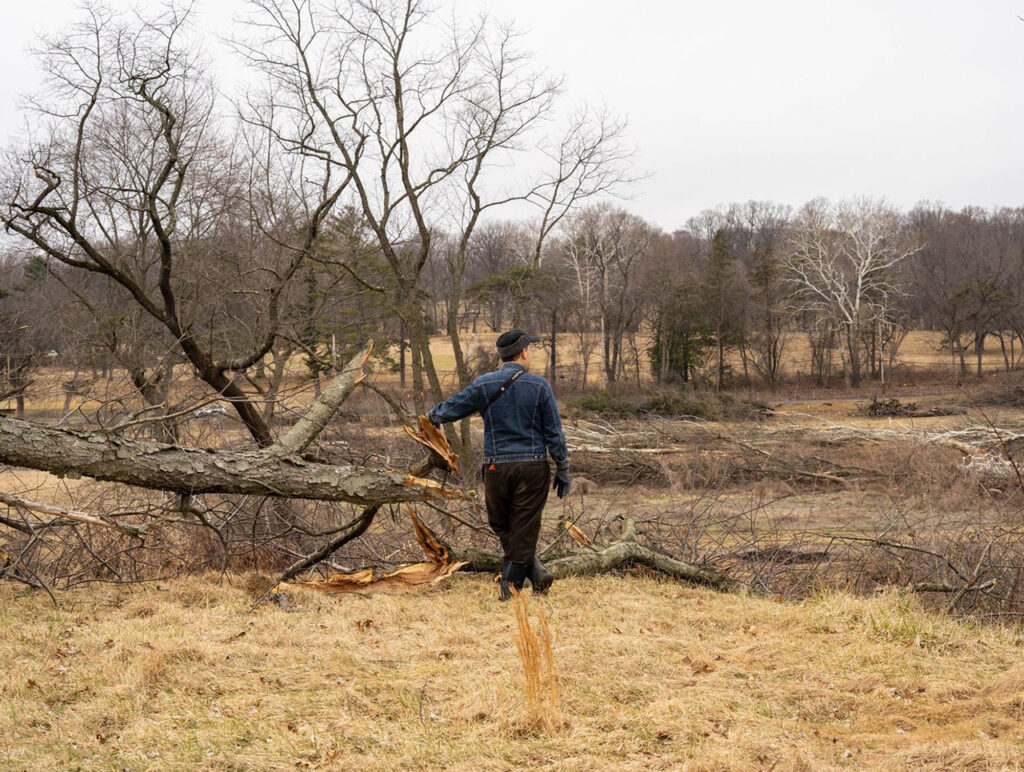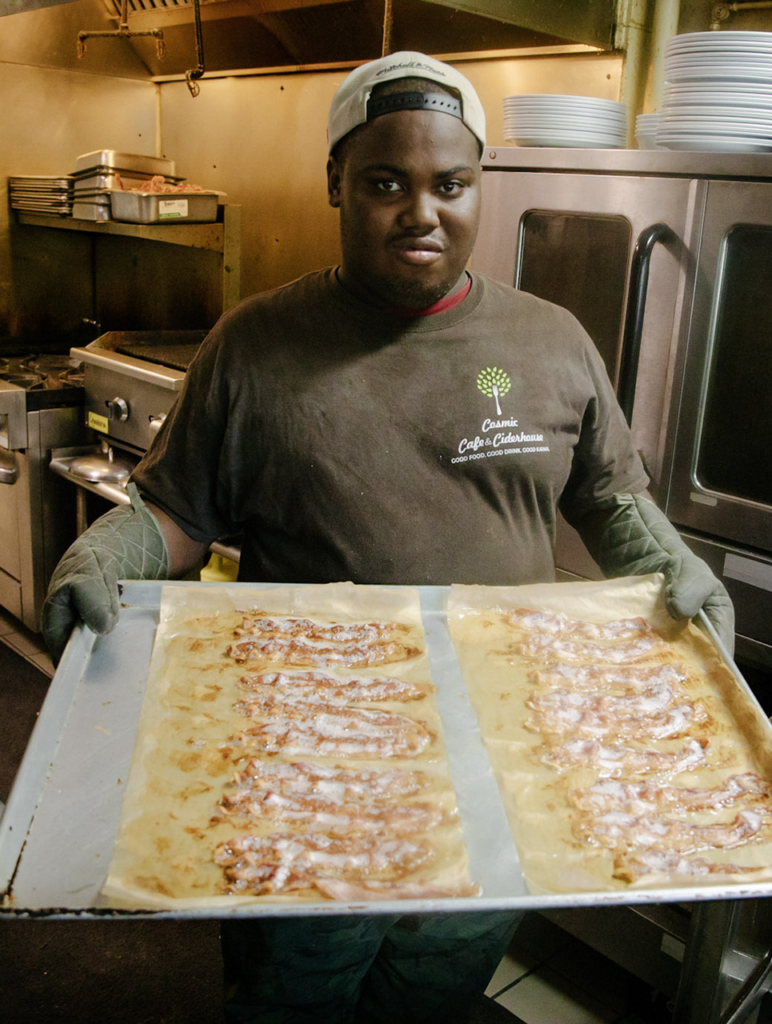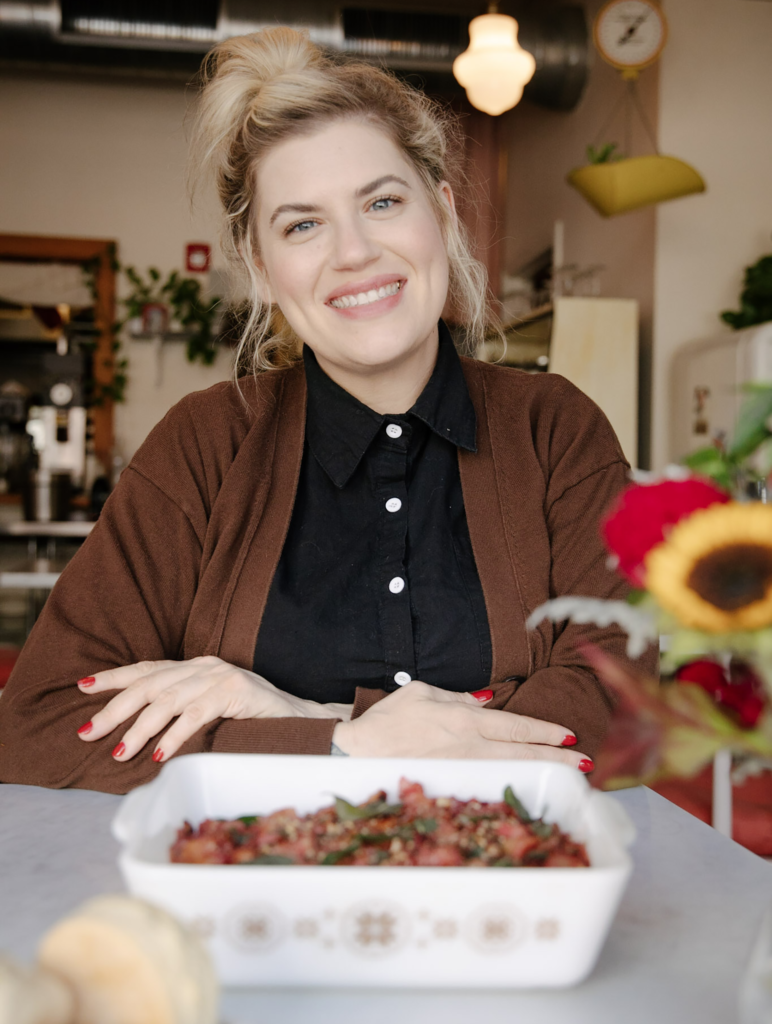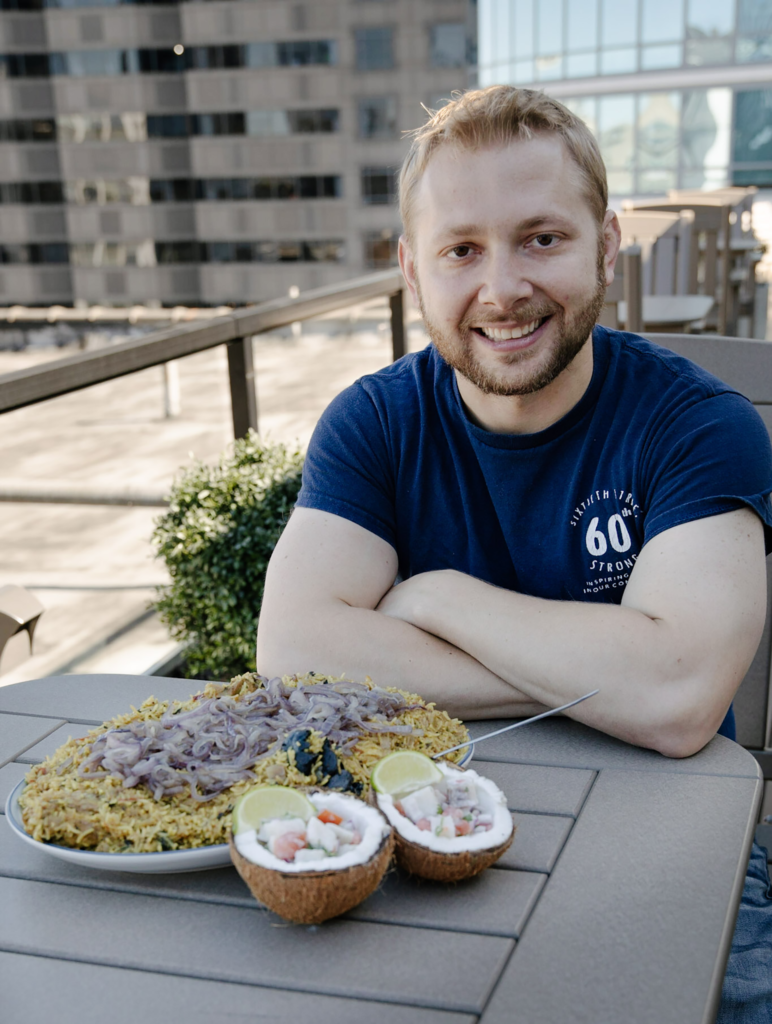Margaret isn’t as mobile as she used to be. At 79 and still recovering from a car accident that forced her to learn how to walk again, she relies on her walker and cane to get around. Some days she doesn’t descend the stairs from the second floor of her North Philadelphia home because the pain is too much.
Still, she needs to eat, which can quickly become a burden.
“To go out shopping to a market, I’d have to stand in a long line and walk up and down the aisles to get whatever I need to take me through the month,” Margaret says. “That’s not good for me.”
Instead, she relies on a box of food delivered right to her doorstep each month by Share Food Program, an organization fighting food insecurity in the Philadelphia region, from its warehouse just a mile away from her home. As part of a state-funded program, Share delivers groceries to more than 3,000 seniors each month. They’re part of a broader group of 5,000-plus Philadelphia-area residents who receive a box of food that can make the difference between eating and not.
“It’s not easy to age gracefully in place,” says Camille Carr, Share’s home delivery program coordinator. “Adding food insecurity to that, there’s a storm of things that can go wrong.”
Share didn’t always do home deliveries, but the pandemic required the organization to make radical changes to its model as families sheltered-in-place and vulnerable community members sought to avoid the risk of a face-to-face pickup.
“We had no choice,” says John Sudolsky, Share’s director of senior programs. “We had to spring into action.”
The organization rallied its roster of volunteers and began sending out as many as 50 drivers at a time to get food to seniors and others who rely on their monthly food boxes, which are packed with milk, juice, oats, cereal, rice, pasta, dried beans, canned fruits, vegetables and meats. The food is purchased by the U.S. Department of Agriculture and available to anyone over the age of 60 whose household income is at or below 130% of the U.S. poverty level, as well as other community members who seek assistance.
Pennsylvania recently became the first state to put funds for the Senior Food Box Program into its state budget, setting aside $1 million for the effort, which helps Share and other organizations, including Philabundance, reach its goals. As inflation makes it harder for many people to afford food, the program has become all the more important.
“The senior food box was never meant to be someone’s life-sustaining food,” Sudolsky says. “The unfortunate part is that, for a lot of people, it is.”

By the middle of 2021, DoorDash had signed on to support the program, taking over the delivery component so Share’s volunteers could focus on packing boxes at its North Philly warehouse. In early 2022, Share was delivering around 1,500 boxes of food each month to seniors, recently settled refugees and people with disabilities. In the last year-and-a-half, that number has more than tripled, reaching over 5,000 households each month.
The majority of the boxes are picked up and delivered right from Share’s warehouse, but it also partners with food pantries and churches to expand its reach to 19 sites across the region where deliveries can be picked up.
At Sharon Hill Medical, a Delaware County clinic serving patients who are HIV-positive or otherwise immunocompromised, Share’s delivery program has allowed staff to focus their attention on patients’ varied needs, according to Lupe Diaz, food director at the clinic. Most of the clinic’s patients live in Chester, a food desert where anyone without a car — more than 30% of the city’s population, according to U.S. Census data — would have to take multiple buses just to reach a grocery store.
“I can’t imagine what it would take some of our patients to have to catch two or three buses one way,” Diaz says.
Instead, they get what they need without being over-extended or put in harm’s way.
“For the people that I’m serving, it doesn’t just bring them less food insecurity,” Diaz says. “It also brings some dignity to their lives to be able to have that food and not have to call around or ask people to help them get that food.”
For food pantries seeking to meet the needs of as many people as possible, delivery — as simple as it might seem — offers a powerful tool in the fight against food insecurity. Meeting people where they are is among the most impactful ways to ensure they have enough to eat, Share’s chief communications officer Jessica Bautista says.
“Home delivery is the future of fixing food insecurity, as far as we’re concerned,” she says.
In a city where more than 15% of people face food insecurity — a number that is significantly higher for children, as well as for Black and Hispanic residents — demand for Share’s boxes continues to rise.
Share is working with partner organizations like Nationalities Service Center, which serves immigrants and refugees, and Liberty Resources, which serves the disabled community, to reach more people. It’s also continuing to expand its staff, which has already tripled in the past three years, to accommodate the increased demand for its services.
In addition to the staff, it takes more than 600 volunteers each month to operate the assembly line that packs up all the food — every bit of effort worth it for recipients like Margaret, who says she recently made a tasty rice pilaf with some of the box’s contents.
“I admire them,” she says. “I applaud them for their time, their patience, their love and kindness and compassion.”


